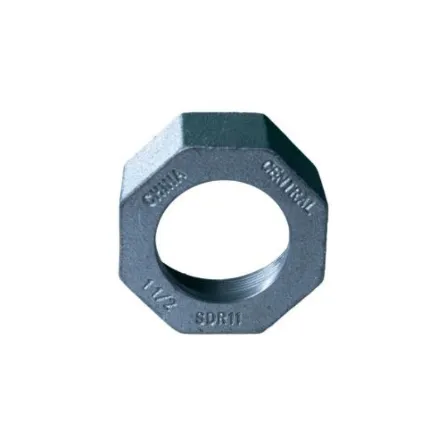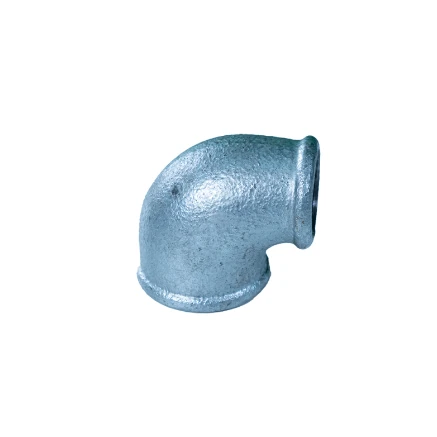Understanding the various sizes of floor flanges is crucial for professionals in the plumbing and construction industries. Floor flanges serve as essential connectors between pipes and flooring, ensuring stability and support in both residential and commercial structures. By exploring the specific uses, industry standards, and expert recommendations for floor flange sizes, you can make informed decisions that enhance the integrity and safety of your projects.

Floor flanges are designed to create a secure junction point between pipes and assorted surfaces, such as floors, walls, or ceilings. Typically round, these components have multiple holes for bolts, enabling them to be fastened securely to a surface. Precision in selecting the appropriate size is paramount; an incorrect flange size can lead to leaks, structural instability, or even system failure.
The range of floor flange sizes is extensive, with diameters typically spanning from 1/2 inch to 4 inches, though specialized applications may require larger flanges. The most common size, the 1-inch diameter flange, is frequently used in household plumbing systems, while larger sizes, such as the 4-inch flange, are more prevalent in industrial applications due to their capacity to manage larger pipe diameters and increased pressure loads.

In terms of industry standards, it is important to recognize the material composition and pressure ratings associated with different flange sizes. Floor flanges are generally made from durable materials such as stainless steel, cast iron, or brass, each offering distinct advantages. Stainless steel is prized for its corrosion resistance, making it ideal for applications with exposure to moisture or chemicals. Cast iron provides exceptional strength and is often employed in heavy-duty, high-pressure environments. Brass, while not as frequently used in modern applications, is noted for its antimicrobial properties and is sometimes utilized in specialized settings, such as medical facilities.
Trustworthiness in product selection extends to compliance with relevant standards and certifications. Most reputable manufacturers ensure their products meet strict industry criteria, such as those set by the American National Standards Institute (ANSI) or the American Society for Testing and Materials (ASTM). These standards specify the manufacturing quality, dimensions, and pressure tolerance of floor flanges, offering assurance of performance and safety.
For those seeking precise expertise, the role of pressure ratings cannot be overlooked. Floor flanges are rated for different pressure capacities, commonly ranging from 150 to 300 psi. It is critical to match the flange pressure rating to that of the pipe system to prevent system failure. Consulting with a qualified engineer or referring to industry resources can aid in determining the appropriate size and pressure rating for your specific application.
Real-world experience underscores the importance of meticulous planning and selection in project success. For example, in a commercial building renovation, selecting the incorrect flange size and pressure rating led to system inefficiencies and costly repairs. A re-evaluation by an expert revealed that a stronger cast iron flange with a higher pressure rating was the appropriate choice for handling the building's water pressure, ultimately preventing further issues.
floor flange sizes
To optimize the use of floor flanges in your projects, consider the following best practices
1. Conduct a thorough assessment of the specific pressures and environmental conditions your project will face. This includes accounting for potential changes in temperature and exposure to corrosive elements.
2. Verify the dimensional compatibility between the pipe and flange size to prevent mismatches that could lead to installation challenges or leaks.
3. Invest in high-quality products from established manufacturers with certifications that affirm their reliability and adherence to industry standards.
4. When in doubt, engage a professional with expertise in plumbing and piping systems to provide guidance on the most suitable flange size and material for your requirements.
Selecting the correct floor flange size is foundational to system reliability and efficiency. By understanding the nuances of material choice, pressure ratings, and industry standards, you can ensure the long-term success and safety of your installations. Through careful planning and expert consultation, the potentials for errors are minimized, and the integrity of your infrastructure is preserved.
Post time:
2月-19-2025











